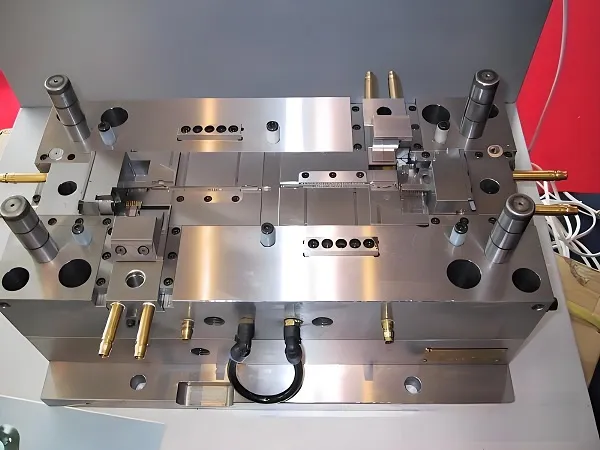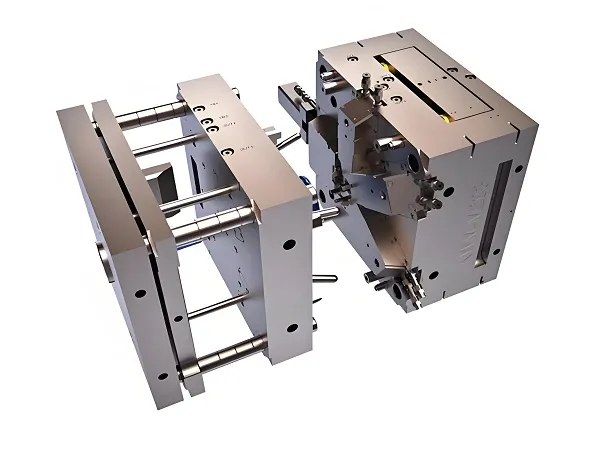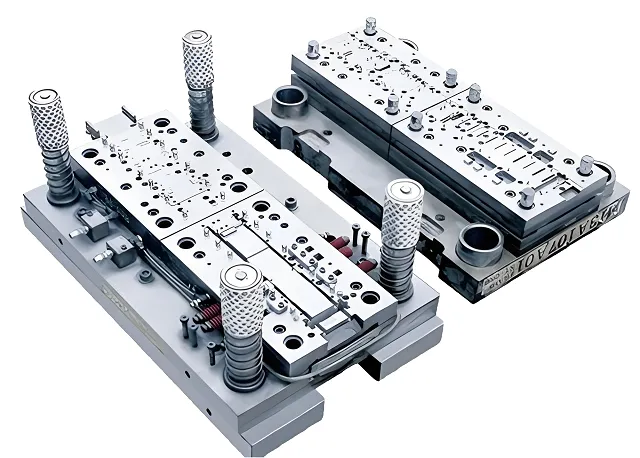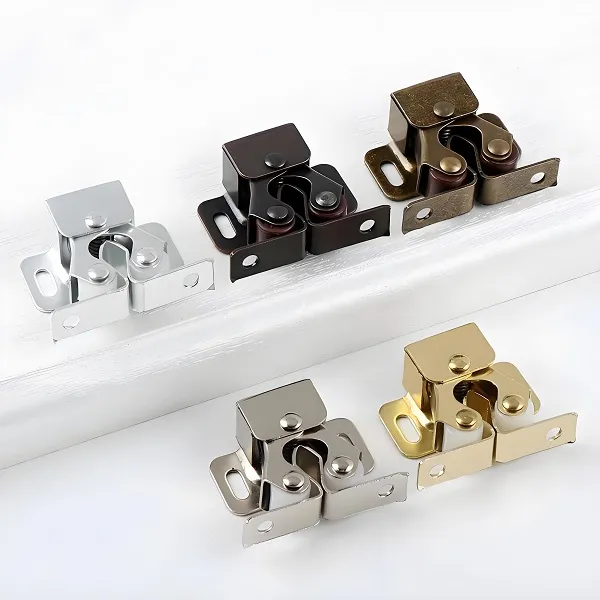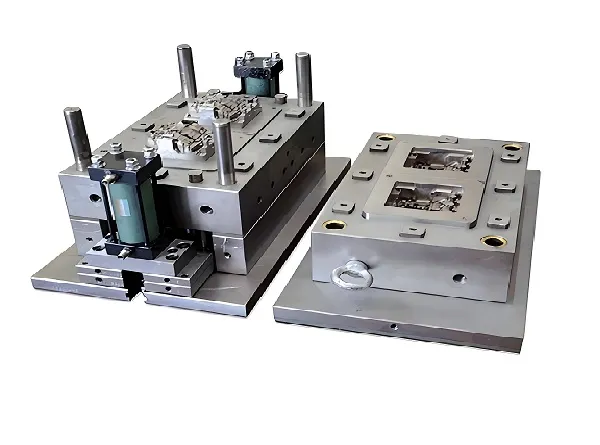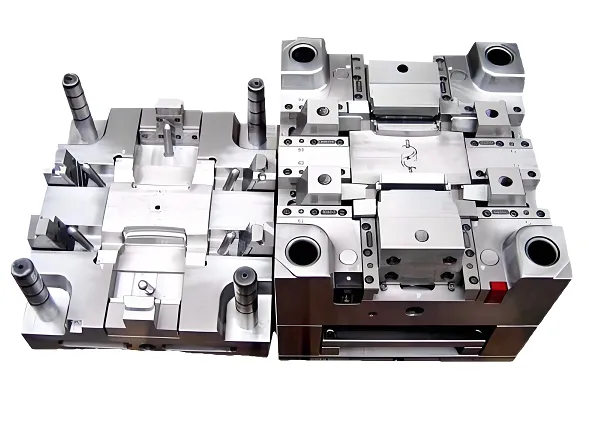Abstract: This paper focuses on the importance of CNC machining parts in the field of unmanned aerial vehicles (UAVs), elaborating in detail the special requirements of UAV parts, the application of CNC machining technology therein, the challenges faced, and future development trends. Through the discussion of material selection, process optimization, and precision control, it provides valuable insights for the technological improvement of CNC machining parts in UAV manufacturing.
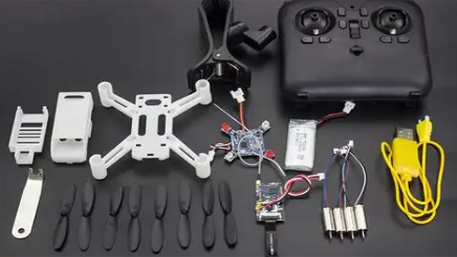
I. Introduction
With the rapid development of UAV technology, its application fields continue to expand, from consumer-level aerial photography and entertainment to industrial-level mapping, inspection, etc. The performance and reliability of UAVs largely depend on the quality and precision of their components, and CNC machining technology plays a key role in the manufacturing of UAV parts.
II. Special Requirements of UAV Parts
(1) Lightweight
To extend flight time and improve maneuverability, UAV parts need to reduce weight as much as possible while maintaining sufficient strength and stiffness.
(2) High Precision
Precise parts contribute to improving the flight stability and control accuracy of UAVs.
(3) Complex Shapes
The structural design of UAVs is usually complex, requiring the processing of various special shapes and curved parts.
III. The Application of CNC Machining Technology in the Manufacturing of UAV Parts
(1) Five-axis Machining
It enables multi-sided processing of complex-shaped parts in a single setup, improving machining accuracy and efficiency.
(2) High-speed Cutting
Adopting high rotational speed and fast feed rate to reduce cutting force and heat deformation and ensure the surface quality of parts.
(3) Electrical Discharge Machining and Wire Cutting
Used for processing molds and parts with high hardness and complex shapes.
IV. Challenges Faced by CNC Machining of UAV Parts
(1) Material Diversity
UAV parts often use aluminum alloys, titanium alloys, carbon fiber composite materials, etc. The processing characteristics of each material are different, bringing difficulties to process selection.
(2) Small Batch Production
Due to the large number of UAV models, the demand for parts is usually in small batches, which requires the processing technology to have high flexibility and rapid response capability.
(3) Stringent Quality Control
Any defect in the parts may affect the performance and safety of UAVs, therefore, a strict quality inspection and traceability system is required.
V. Technological Innovations to Address Challenges
(1) Intelligent Programming and Simulation
Using CAD/CAM software for intelligent programming and machining simulation to optimize process parameters in advance and reduce trial and error costs.
(2) Optimization of Multi-axis Linkage Machining Centers
Improve the accuracy and stability of machine tools and equip with adaptive control systems to adjust processing parameters in real time.
(3) The Combination of Additive Manufacturing and Subtractive Manufacturing
For complex structural parts, the blank is first manufactured by additive manufacturing and then undergoes CNC machining to improve material utilization and processing efficiency.
VI. Future Development Trends
(1) Ultra-high Precision Machining
With the continuous expansion of UAV application scenarios, the requirements for part precision will become higher and higher.
(2) Green Manufacturing
Emphasize energy conservation and environmental protection, and reduce resource consumption and environmental pollution during the processing.
(3) Intelligent Manufacturing
Realize intelligent monitoring and management of the processing process through technologies such as the industrial internet and big data.
VII. Conclusion
The technology of CNC machining parts for UAVs is facing many challenges in continuous development and innovation. However, through technological progress and process optimization, it can meet the needs of the UAV industry for high-quality, high-precision and rapid delivery of parts. In the future, with the advancement of intelligent manufacturing, the manufacturing of UAV parts will be more efficient, precise and green, providing stronger support for the development of the UAV industry.

